Taiwan Bee Shrimp are a popular species of freshwater shrimp that are known for their unique appearance and easy-to-care-for nature. As the name suggests, they are native to Taiwan and have been captive-bred in aquariums around the world.
They are a hardy species of shrimp that are well-suited to life in a home aquarium. In this article, we will provide an overview of Taiwan Bee Shrimp, including their history, water parameters, and some of the key considerations to keep in mind when caring for them.

History of Taiwan Bee Shrimp
Taiwan Bee Shrimp are a relatively new species of freshwater shrimp, having only been discovered in Taiwan in the early 2000s. They quickly gained popularity due to their unique appearance, Since their discovery, Taiwan Bee Shrimp have been bred and distributed around the world, making them one of the most popular species of freshwater shrimp in the hobby.
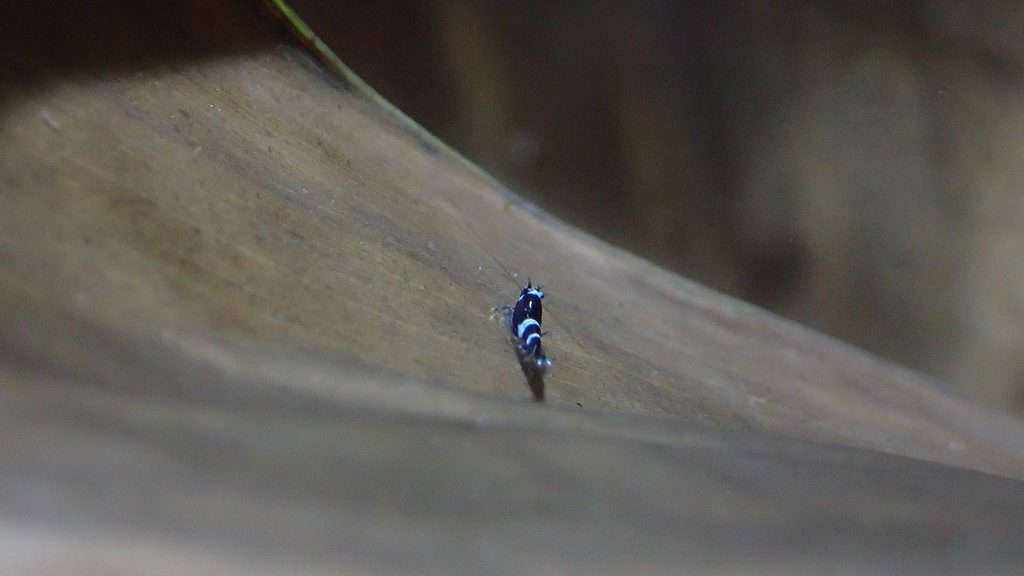
Delicate and Challenging to Hardy and Resilient
When Taiwan Bee Shrimp were first introduced to the aquarium hobby, they were notoriously difficult to keep and breed. The survival rates for these shrimp were low, and many hobbyists struggled to maintain the proper water conditions and provide the necessary care for these delicate creatures.
One of the main reasons why Taiwan Bee Shrimp were initially difficult to keep was their sensitivity to water parameters. These shrimp require very specific water conditions, including low pH and low mineral content, in order to thrive. Additionally, they are highly susceptible to stress and disease, which can cause them to become weak and susceptible to death.
However, over time, the breeding of Taiwan Bee Shrimp has improved, and the survival rates for these shrimp have increased. Many shrimp breeders have focused on selectively breeding individuals with desirable traits, such as hardiness and disease resistance, in order to create a hardier and more robust population.
Additionally, as more information has become available about the care and keeping of Taiwan Bee Shrimp, hobbyists have been able to better understand the specific water parameters and care requirements that these shrimp need to thrive. This has allowed hobbyists to create more stable and consistent environments for their shrimp, which can help to improve survival rates and overall health.
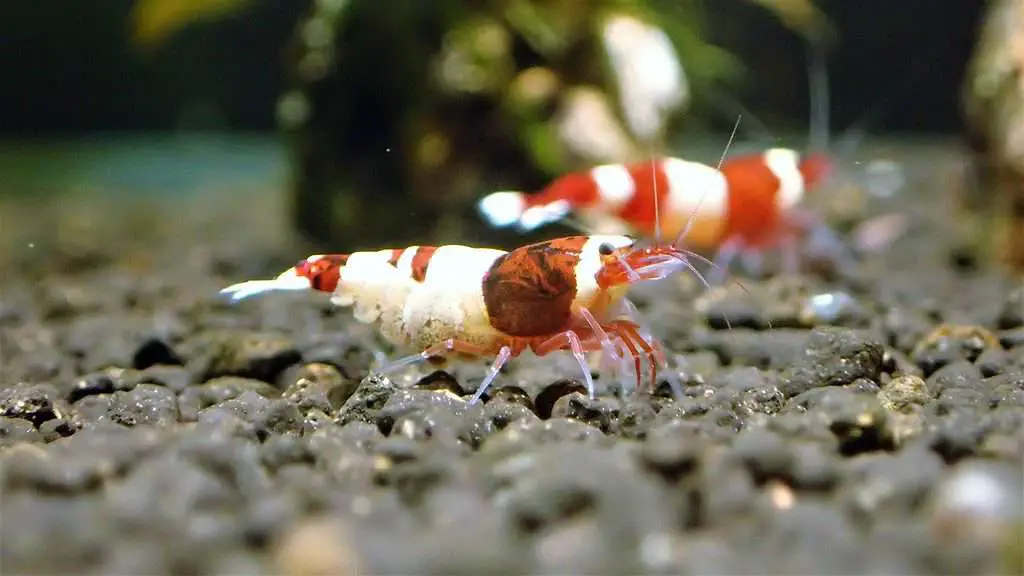
Taiwan bee shrimp water parameters
Taiwan Bee Shrimp are relatively hardy and can adapt to various water parameters. However, for optimal health, it is essential to maintain the following conditions in your aquarium:
pH: 5.5-6.5
Temperature: 68°F-78°F – 20°C-26°C
Total Dissolved Solids (TDS): 100-200 ppm
Conductivity: 200-300 μS/cm
Gh 4-6
Kh 0
It is important to note that even though Taiwan Bee Shrimp are relatively hardy, it is still essential to maintain stable water parameters and avoid sudden changes. To do this, you should test your aquarium water regularly and make small, gradual adjustments if necessary.

Akadama as a shrimp tank substrate
Akadama bonsai soil is a popular substrate choice for Taiwan Bee Shrimp tanks, as it offers numerous benefits for the health and well-being of the shrimp.
One of the main benefits of using Akadama bonsai soil is that it has a high buffering capacity, which can help to stabilize water parameters in the tank. Akadama bonsai soil is made from volcanic clay, which has a unique ability to absorb and release minerals and nutrients as needed. This can help to maintain stable pH and mineral levels in the tank, which is essential for the health and growth of Taiwan Bee Shrimp.
Another benefit of using Akadama bonsai soil is that it provides a natural environment for the shrimp. Akadama bonsai soil has a porous structure that can provide a habitat for beneficial bacteria and microorganisms, which can help to maintain a healthy and balanced ecosystem in the tank.
Additionally, the soil can provide a natural grazing surface for the shrimp, which can help to promote natural behavior and improve overall health.
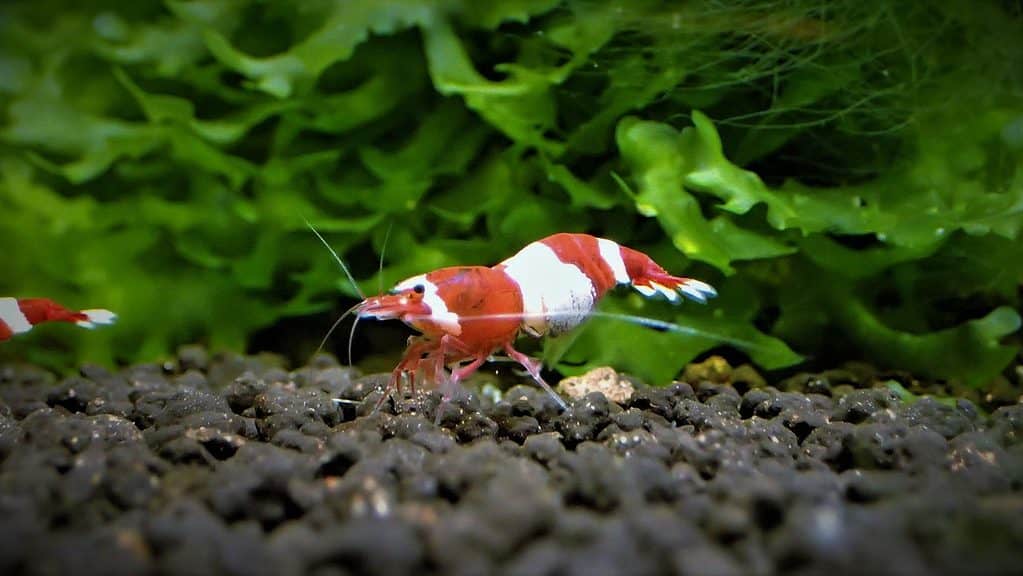
Caring for Taiwan Bee Shrimp
Taiwan Bee Shrimp are relatively easy to care for, but there are a few key things to keep in mind to ensure their health and wellbeing. First and foremost, they need a clean and well-maintained aquarium. This means performing regular water changes and making sure that any uneaten food or waste is removed from the tank.
You should also provide plenty of hiding places for your shrimp, such as rocks, plants, and caves, as this will help reduce stress and provide them with a sense of security.
In terms of diet, Taiwan Bee Shrimp are omnivores and will eat a variety of foods, including pellets, flakes, or frozen foods. They also enjoy nibbling on soft, leafy greens, such as spinach, lettuce, and kale. To maintain optimal health, it is important to provide a varied diet and feed them small amounts of food several times a day.
Taiwan Bee Shrimp are a beautiful and easy-to-care-for species of freshwater shrimp that are well-suited to life in a home aquarium. By providing them with a clean and well-maintained environment and a varied diet, you can enjoy their unique appearance and fascinating behavior for years to come.
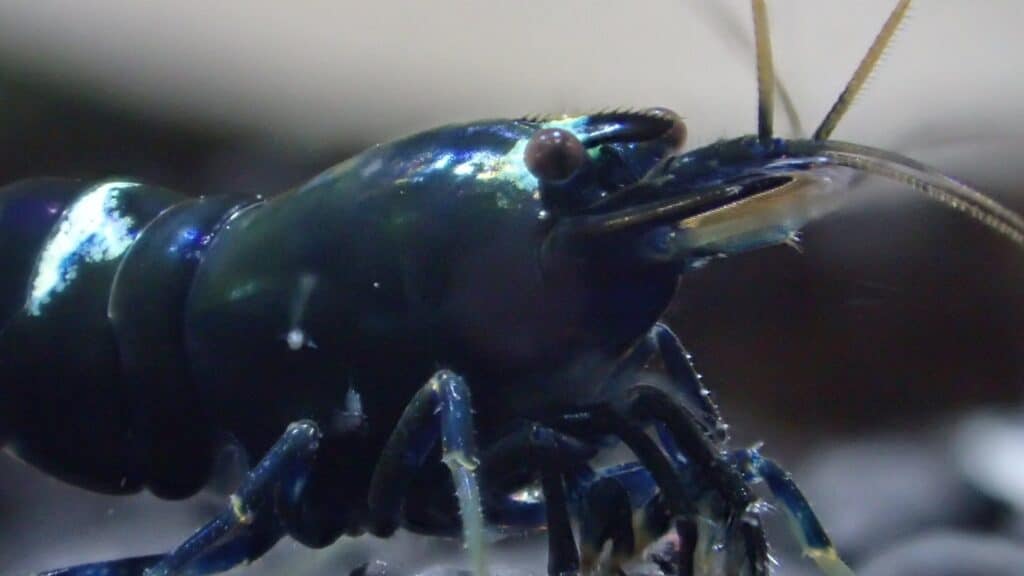
Water Changes
Small water changes are an essential part of maintaining a healthy environment for Taiwan Bee Shrimp. It is generally recommended to perform a water change of around 10% once every week or two, depending on the size of the tank and the number of shrimp present.
of around 10% once every week or two, depending on the size of the tank and the number of shrimp present.
When performing a water change for Taiwan Bee Shrimp, it is crucial to use water that is appropriate for their needs. Many breeders prefer to use reverse osmosis (RO) water, which has been stripped of minerals and other impurities.
RO water can then be remineralized with a softwater buffer to achieve the desired water parameters for Taiwan Bee Shrimp. It is essential to use a remineralizer that is specifically formulated for shrimp, as some buffers may contain harmful substances such as copper that can be toxic to shrimp.
To avoid abrupt changes in water parameters that can be harmful to Taiwan Bee Shrimp, it is recommended to drip the new water back into the tank slowly. This can be achieved using a drip line or a slow-release valve. By adding new water slowly over a period of several hours, the shrimp will have time to adjust to the new parameters without experiencing stress or shock.
Maintaining stable water parameters is crucial for the health and well-being of Taiwan Bee Shrimp. It is essential to monitor the water parameters regularly and make adjustments as needed to ensure that the conditions remain optimal for the shrimp.
In addition to performing regular water changes, it is also recommended to test the water regularly for parameters such as pH, GH, and KH to ensure that they are within the appropriate range for Taiwan Bee Shrimp.

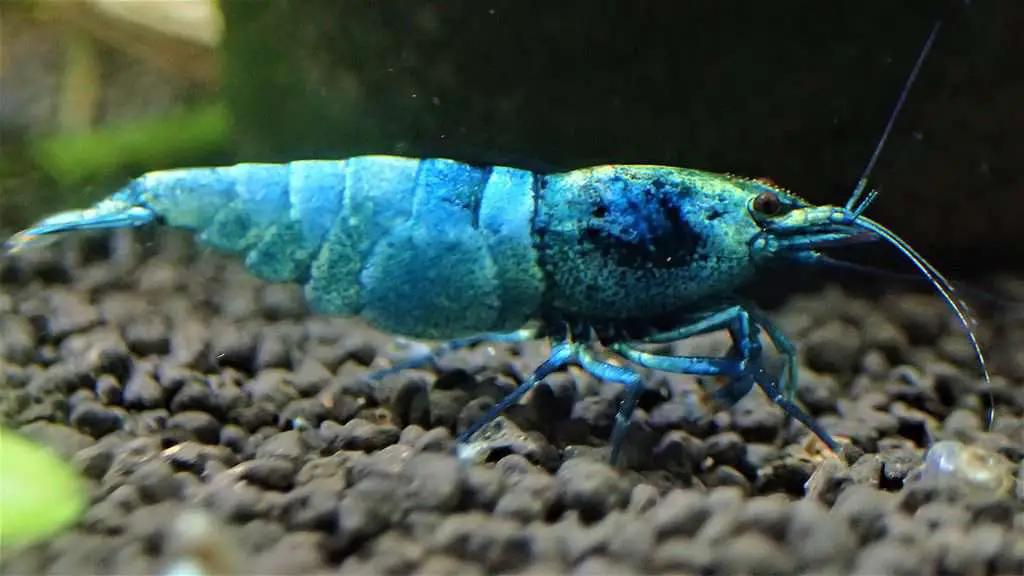
Breeding Taiwan Bee Shrimp: Mischlings, Backcrossing, and Filial Generations
When Taiwan Bee Shrimp are crossed with other Caridina shrimp species, the resulting offspring are called “Mischlings” or F1 hybrids. These F1 hybrids may exhibit characteristics of both parent species, and they are often not as visually striking as pure Taiwan Bee Shrimp.
If a breeder wants to produce pure Taiwan Bee Shrimp from Mischlings, they must backcross the F1 hybrids with pure Taiwan Bee Shrimp. This will produce F2 offspring, which may show more traits of the Taiwan Bee Shrimp parent, but still may not exhibit the same level of coloration and pattern as pure Taiwan Bee Shrimp.
In the F2 generation, it is possible to see some Taiwan Bee Shrimp-like characteristics, but still not all of the offspring will look like Taiwan Bee Shrimp. It is not until the F3 generation that the majority of the offspring will look like Taiwan Bee Shrimp, and they can be considered true Taiwan Bee Shrimp.
The F1 generation is the first cross, the F2 generation is the second cross, and so on. The higher the generation number, the more likely the offspring will resemble the pure Taiwan Bee Shrimp parent in terms of color and pattern.
Food for the Young Shrimps
Feeding young Taiwan Bee Shrimp is an essential part of their growth and development. When young shrimp are newly hatched, they are typically too small to consume traditional shrimp food, and require smaller, more specialized food sources.
One popular food source for young Taiwan Bee Shrimp is Bacter AE, which is a powder that can be mixed with water to create a biofilm. Bacter AE contains a wide range of beneficial microorganisms that are essential for the health and growth of young shrimp. The biofilm created by Bacter AE provides a natural grazing surface for the shrimp, and can also help to promote the growth of beneficial bacteria in the tank.
Another food source that is popular among shrimp breeders is organic pollen. Organic pollen is rich in protein and other essential nutrients, and is an excellent food source for young shrimp. Organic pollen can be added to the tank in small amounts, and will gradually dissolve in the water to create a food source that the shrimp can graze on.
In addition to specialized food sources, young Taiwan Bee Shrimp can also be fed blanched nettle or spinach. These leafy greens are rich in vitamins and minerals, and are a great source of nutrition for young shrimp. To prepare blanched nettle or spinach, simply boil the leaves for a few minutes to soften them, and then allow them to cool before feeding them to the shrimp.
When feeding young Taiwan Bee Shrimp, it is important to monitor the amount of food that is being added to the tank. Overfeeding can lead to water quality issues and can also result in uneaten food decaying in the tank. It is recommended to feed small amounts of food at a time, and to remove any uneaten food after a few hours.
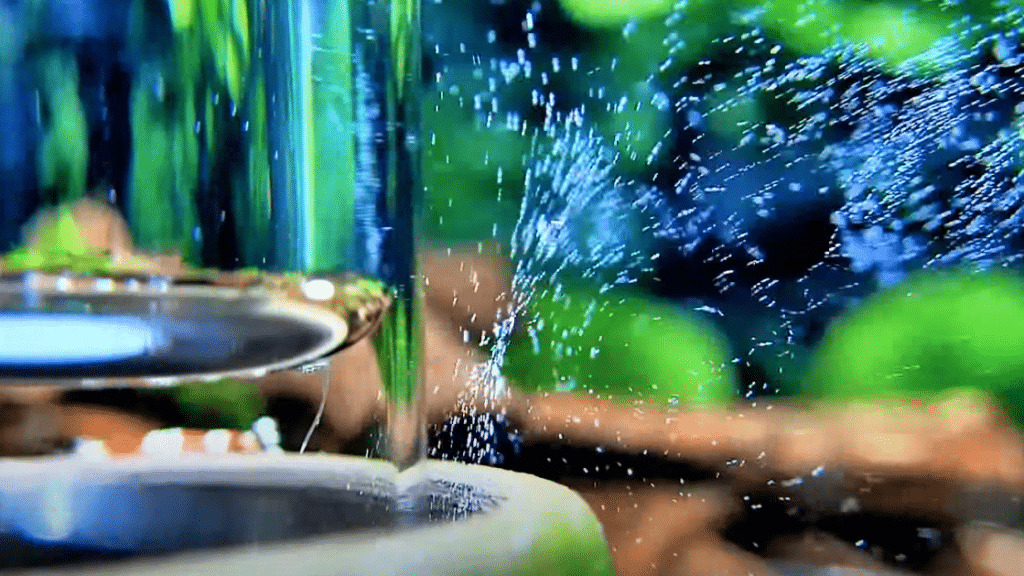
Söchting Oxydator
Adding an oxygenator, such as a Söchting Oxydator, to a Taiwan Bee Shrimp tank can provide numerous benefits for the health and well-being of the shrimp.
One of the main benefits of using an oxygenator is that it can help to increase oxygen levels in the tank. Taiwan Bee Shrimp require high levels of oxygen in the water to thrive, and adding an oxygenator can help to ensure that the oxygen levels remain high.
This can be particularly important in smaller tanks, where the oxygen levels can quickly become depleted due to the high population of shrimp.
Another benefit of using an oxygenator in a Taiwan Bee Shrimp tank is that it can help to improve water circulation. The flow of water created by the oxygenator can help to distribute nutrients and oxygen more evenly throughout the tank, and can also help to prevent stagnant areas where waste and debris can accumulate.
In addition to providing oxygen and improving water circulation, using an oxygenator in a Taiwan Bee Shrimp tank can also help to promote the growth of beneficial bacteria. These bacteria are essential for maintaining a healthy aquarium environment, and they can help to break down waste and other organic matter in the tank.
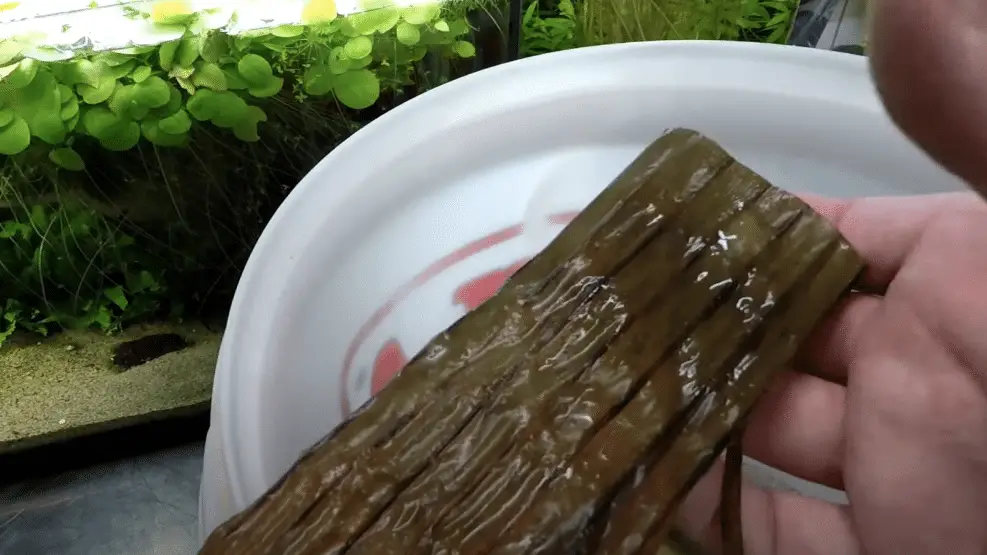
Leaf litter
Adding leaf litter to a Taiwan Bee Shrimp tank can provide a number of benefits, including a natural food source, shelter for shrimp, and improved water quality. Leaf litter is composed of fallen leaves and other organic material, which can decompose over time and provide a source of biofilm and other beneficial microorganisms for shrimp to feed on.
To add leaf litter to a Taiwan Bee Shrimp tank, it is important to select leaves that are free from pesticides and other contaminants. Oak leaves, almond leaves , and catappa leaves are popular choices, as they are rich in tannins and other beneficial compounds that can help to promote healthy water conditions and shrimp health.
, and catappa leaves are popular choices, as they are rich in tannins and other beneficial compounds that can help to promote healthy water conditions and shrimp health.
Once the leaves have been selected, they can be added to the tank in a pile or spread out across the substrate. It is important to add new leaves every week or two, in order to ensure that the leaves are in different stages of decomposition and provide a consistent supply of biofilm for shrimp to feed on.
As the leaves decompose, they can also help to lower the pH and provide natural shelter for shrimp. Additionally, the tannins and other compounds released by the leaves can help to improve water quality and reduce the risk of harmful bacteria and other microorganisms.
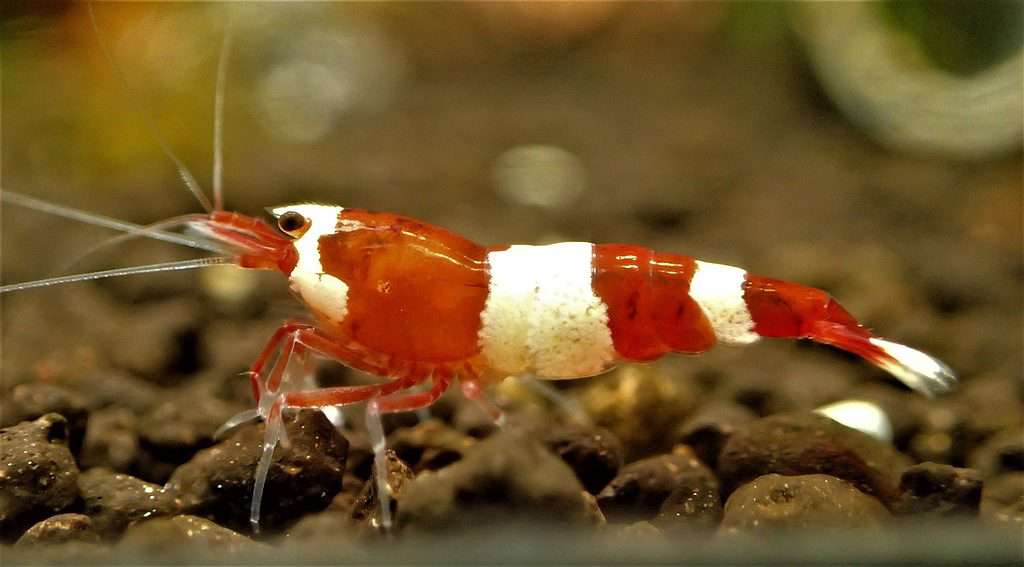
Some of the common types Taiwan Bee Shrimp include:
- Black King Kong
- Black Panda
- Blue Bolt
- Blue Bolt Shadow
- Blue Bolt Mosura
- Blue Steel
- Ruby Red King Kong
- Red Bolt Taiwan Bee Shrimp
- Wine Red
- Red King Kong
- Rube Red Extreme
- Black King Kong Extremes
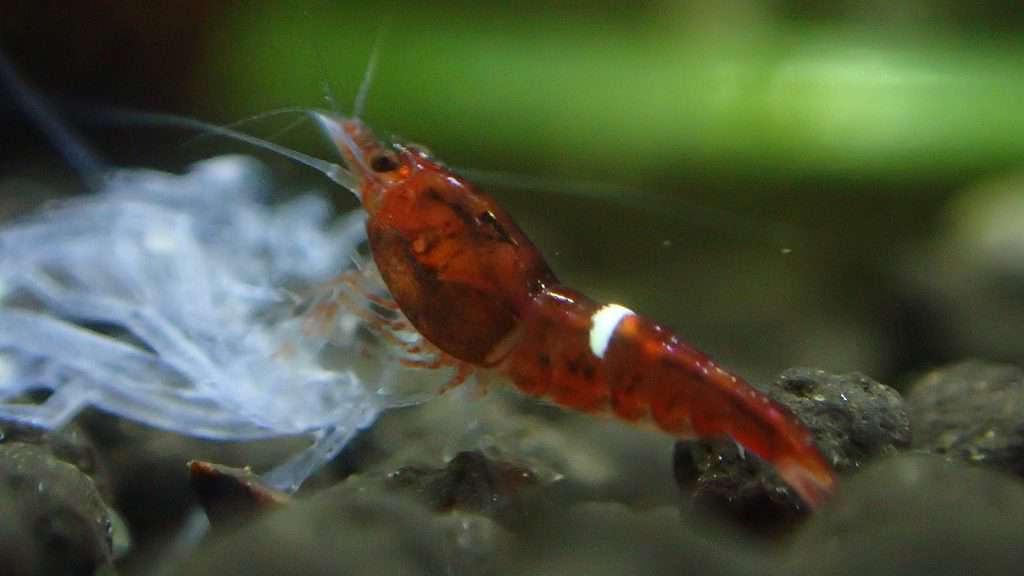
FAQ
Q. What kind of shrimp are in Taiwan bees?
A. Taiwan Bee Shrimp are a type of freshwater shrimp that belong to the Caridina genus. They are known for their striking color patterns, which can include black, white, red, and blue hues. These shrimp are a result of selective breeding of Crystal Red Shrimp and Crystal Black Shrimp.
Q. How big do Taiwan bee shrimp get?
A. Taiwan Bee Shrimp typically grow to be about 1 to 1.5 inches in length. Their size can be influenced by factors such as diet, water conditions, and genetics. Despite their small size, their vibrant colors make them a standout in any aquarium.
Q. What is a Taiwan bee?
A. A “Taiwan Bee” is not an actual bee, but a term used to describe a specific type of freshwater shrimp. They are known for their unique and vibrant color patterns, which are the result of selective breeding. Taiwan Bee Shrimp are popular in the aquarium hobby due to their striking appearance.
